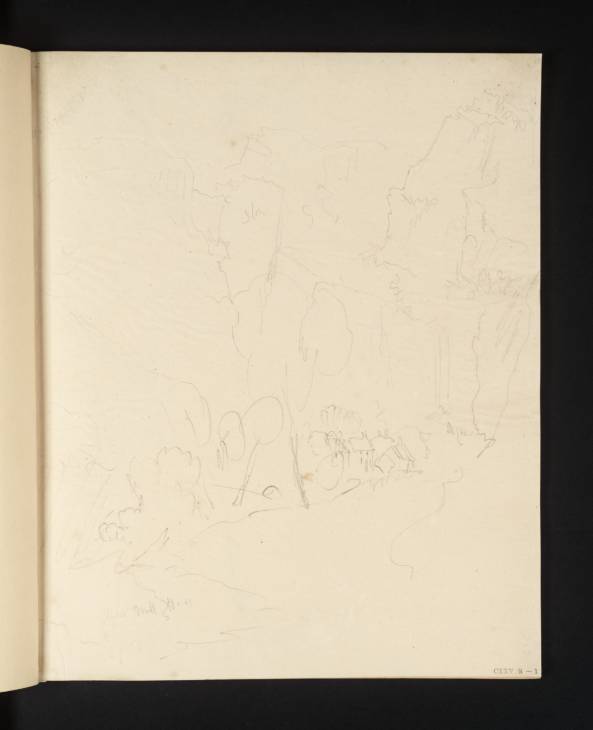How to cite
Matthew Imms, ‘Cheddar Gorge: The Lion Rock from the Village 1811 by Joseph Mallord William Turner’, catalogue entry, May 2010, in David Blayney Brown (ed.), J.M.W. Turner: Sketchbooks, Drawings and Watercolours, Tate Research Publication, December 2012, https://www

